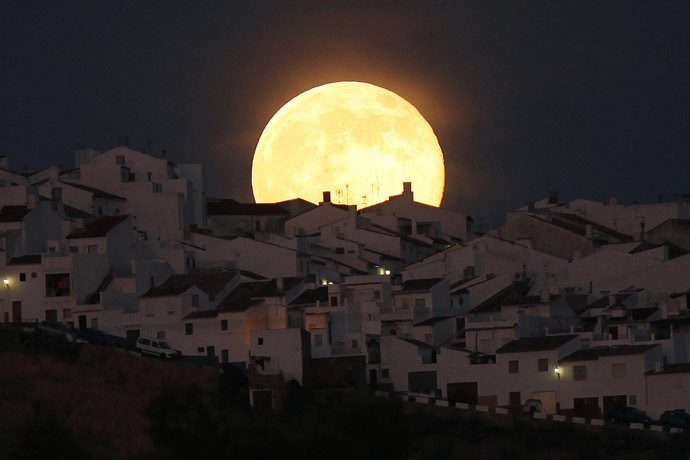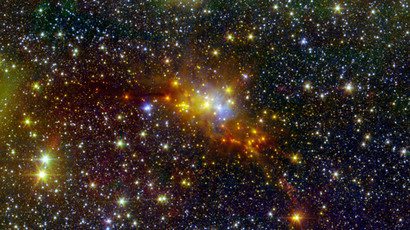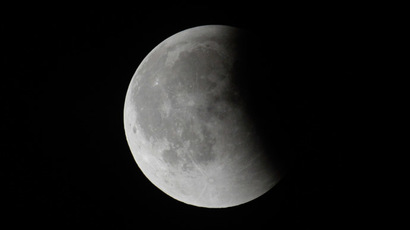Supermoon and Perseid meteor shower to light up night skies

In one of the most dramatic astronomical events of the year, a ‘supermoon’ is to light up the night sky alongside this year’s Perseid meteor shower.
In one of the most anticipated and exciting events of the year for stargazers, the moon will be full on Sunday - known as “perigee” in its orbit which is the point where it is closest to the earth.
At perigee, the moon is 31,000 miles (49,890 km) closer to earth than when it is at its furthest point [apogee]. This happens relatively often, about every 13 months, but is not always visible because of clouds or poor weather. It will make the moon appear 14-30 percent brighter that full moons normally do.
“You can’t really feel that’s its bigger, because there is no point of reference. But as a result you will feel the moon is a lot brighter,” Tony Berendsen, an outreach astronomer and founder of Tahoe Star Tours told ABC News.
The event will coincide with a period during the second week in August when it is common to see more than 100 meteors an hour.
“The best time to see the meteor showers is at about 2 am in the morning when the sky is at its darkest. To see the meteor shower, you don’t need a telescope, binoculars or any other equipment. All you need is your eyes,” Berendsen said.
The Perseid meteor is formed when space debris from the tail of the Swift-Tuttle comet hit the earth’s atmosphere.
Every 133 years, Swift-Tuttle swings through the inner solar system leaving behind a trail of cosmic dust. The particles hit the atmosphere at 140,000 mph and burn up in flashes of light, creating the spectacle known as the Perseids.

Dr Bill Cooke from NASA’s Meteoroid Environment Office said that the Perseids are also rich in fireballs, as bright as Jupiter or Venus, and would be visible despite the moon’s glare.
“The Perseids are rich in bright meteors and so many Perseids will still be seen despite the moonlit sky background. You can minimize the effect of the moonlight by observing with your back to the moon. If possible keep the moon hidden behind trees or a nearby building,” Tony Markham, director of the Society for Popular Astronomy, told ITV News.
In order to get a glimpse of the meteor, it’s necessary to follow a few guidelines to maximize your chances, according to CBC News.
Viewing conditions will be best towards the middle of next week when the supermoon is beginning to wane, but the meteor shower is still at its peak. The moon will also set a little before sunrise, so this is the best time to watch out for meteors.
It’s better to be surrounded by complete darkness in a rural area and look northeast as the meteors originate from the constellation Perseus.
If conditions are dry then there is also more chance of seeing it, as haze or humidity can create conditions like shining a light into fog.














